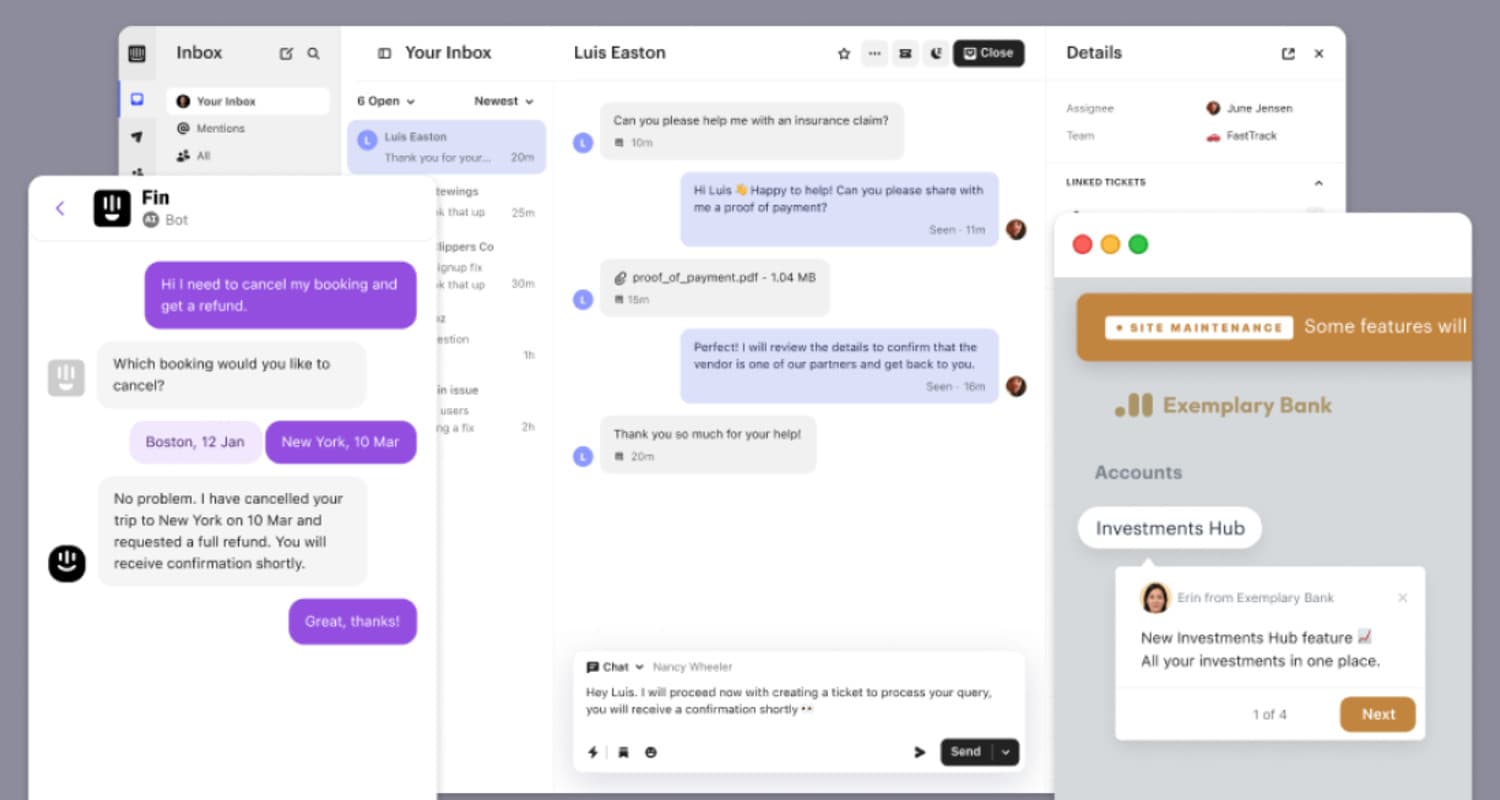Case StudyEcosystem Team: Creating An Ecosystem Vision - Transitioning from Visual Design to Vision Design
Intercom faced the challenge of ensuring that its design efforts were not just focused on the aesthetics and usability of its products but also aligned with the broader vision and strategic goals of the company. The traditional approach of visual design, while important, was insufficient to address the evolving needs of users and the dynamic nature of the market. This gap resulted in a misalignment between product design and the company’s long-term vision, affecting the overall user experience and strategic impact.

The Solution
Emmet Connolly, VP of Product Design at Intercom, led the initiative to transition from visual design to vision design, focusing on aligning design efforts with the company's strategic goals. The approach involved the following steps:
- Strategic Vision Definition: Collaborating with leadership to clearly define the company's long-term vision and strategic objectives. This vision was then used as a guiding framework for all design activities.
- Cross-Functional Workshops: Conducting workshops that included stakeholders from different departments such as product management, engineering, marketing, and customer support to ensure a holistic understanding of the vision.
- Vision Design Principles: Developing a set of vision design principles that translated the company’s strategic goals into actionable design guidelines. These principles emphasized long-term user engagement, innovation, and scalability.
- Integrated Design Processes: Integrating vision design principles into the existing design processes. This included revising design workflows, tools, and documentation to reflect the new focus.
- Prototyping and Testing: Creating prototypes that embodied the vision design principles. Conducting user testing to validate these prototypes and gather feedback to refine the approach.
- Continuous Learning and Adaptation: Establishing a feedback loop to continuously learn from user interactions and market changes, adapting the vision design principles and processes accordingly.
Outcomes achieved
The shift to vision design at Intercom resulted in several significant outcomes:
- Strategic Alignment: Design efforts became closely aligned with the company's long-term vision, ensuring that every design decision contributed to broader strategic objectives.
- Enhanced User Experience: By focusing on vision design, Intercom was able to deliver more meaningful and engaging user experiences that resonated with users’ needs and expectations.
- Innovation and Scalability: The new approach fostered a culture of innovation, encouraging designers to think beyond immediate visual aesthetics and consider long-term impact and scalability.
- Improved Collaboration: The cross-functional workshops and integrated design processes improved collaboration between different departments, leading to more cohesive and effective product development.
- Market Responsiveness: The continuous learning and adaptation mechanism enabled Intercom to remain agile and responsive to market changes, ensuring that their products stayed relevant and competitive.
- Employee Empowerment: Designers felt more empowered and motivated, as they could see the direct impact of their work on the company's strategic direction and success.
